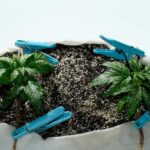The Best Fluffy Pancakes recipe you will fall in love with. Full of tips and tricks to help you make the best pancakes.
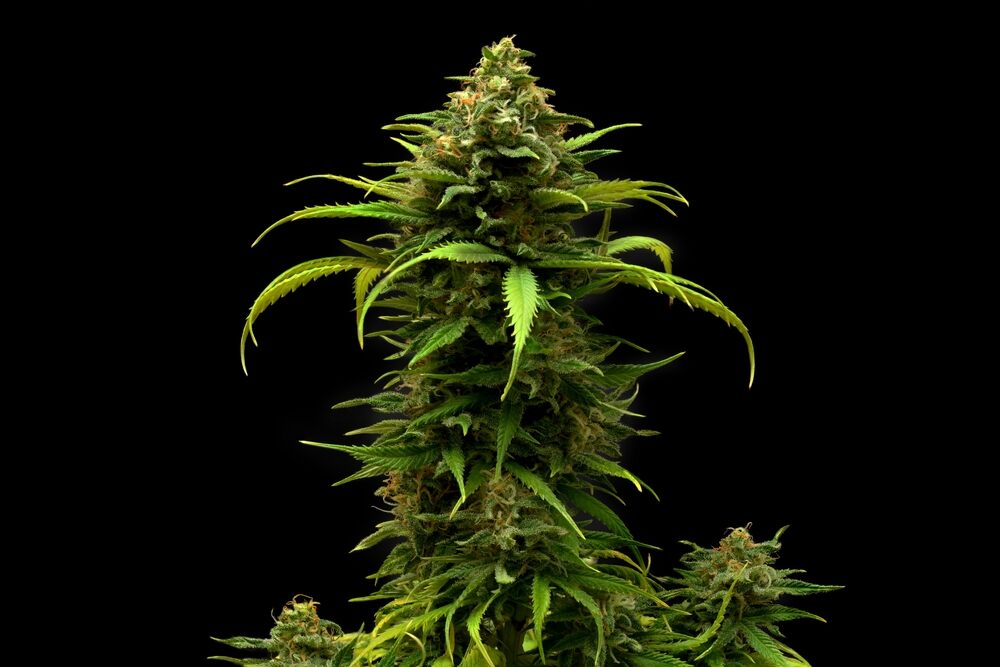
How Tall Do Autoflowers Get?
Growing autoflowering cannabis is one of the smoothest paths to getting a decent harvest in a short time, especially for newer growers or those limited by space. But one of the most common questions I hear from growers is, “How tall will my autoflower actually get?” It’s a good question—because understanding height helps you plan your setup, from tent size and lighting to your grow style and training techniques.
Autoflowers are known for being smaller and quicker than their photoperiod cousins, but that doesn’t mean they’re all short and squat. Some get surprisingly tall—especially if you treat them right. In this article, I’ll walk you through everything you need to know about autoflower height, including how tall they typically get, what makes them stretch, and how you can either boost or control their final size.
Let’s get into it.
Average Height of Autoflowering Cannabis Plants
Autoflowers come in a wide range of sizes depending on the strain, growing environment, and grower experience.
Typical indoor heights (in cm and feet)
When you grow autoflowers indoors, you’re working with a bit of a height ceiling—literally. Most autoflowers grown in a tent or grow room will hit somewhere between 40 cm and 100 cm, or 1.5 to 3 feet. This is the average height range when growing under controlled conditions like LED lighting and consistent airflow.
Strains like Auto Northern Lights or Lowryder are classic short-stack options, staying under 60 cm on average. They’re perfect for stealth grows or limited vertical space. But if you go with something more sativa-dominant like Auto Amnesia Haze, don’t be surprised if she hits 90–100 cm, especially if you’re not using training techniques.
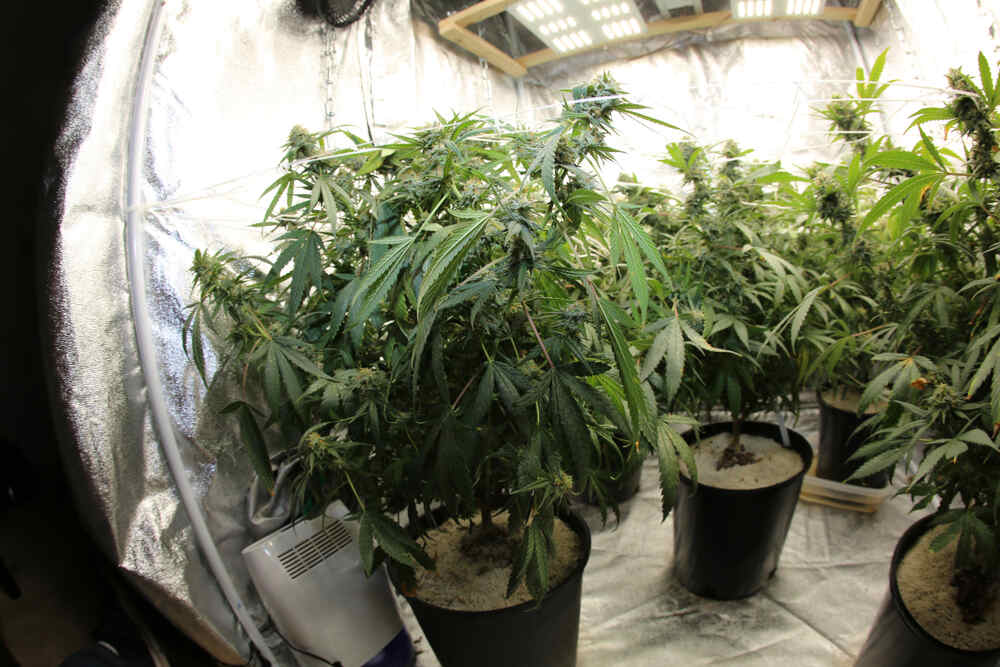
Outdoor height ranges and max stretch potential
Outdoors, things change. Without the confines of a tent or ceiling, autoflowers can stretch much taller—especially under direct sunlight and in big pots or straight into the ground. Outdoor autos regularly hit 85 cm to 150 cm, or 2.5 to 5 feet, depending on the genetics and your climate.
Sativa-leaning strains in particular—like Auto Super Lemon Haze—can stretch massively outdoors. I’ve personally had a Sour Diesel Auto reach nearly 160 cm (5.2 feet) during a long, warm summer with well-aerated soil and a full 18 hours of light.
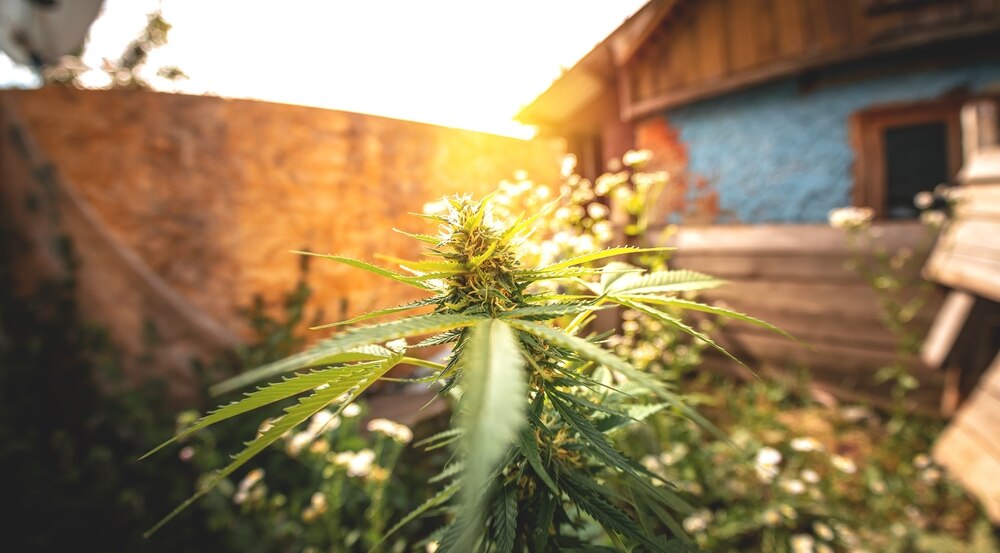
Key Factors Influencing Autoflower Height
While genetics set the blueprint, your decisions as the grower have a big influence on how tall your autos will actually get.
Genetics (indica vs sativa‑dominant, specific strain examples)
Genetics are the first thing I look at when estimating final plant height. Indica-dominant autoflowers tend to stay compact and bushy, while sativa-dominant varieties stretch taller with longer internodal spacing.
Here are a few examples:
- Auto Critical Mass (indica-heavy) – stays under 80 cm easily
- Auto AK-47 (balanced hybrid) – grows 80–100 cm with a nice structure
- Auto Amnesia XXL (sativa-dominant) – regularly hits 120 cm or more
Ruderalis is the autoflowering ancestor, and while it was originally short and wild, modern breeders have crossed it with taller photoperiod strains to increase height and yield. So always check the strain profile for dominant traits and expect taller plants from anything with haze, diesel, or sour genetics.
Pot size and root space constraints
The pot is like your plant’s house—bigger pot, more space to stretch out. Autoflowers will only grow as tall as their root system can support. If you’re using small containers, say 5L or less, don’t expect much height—maybe 30–50 cm total.
When I want to give my autos room to bulk up, I go with 11L to 20L fabric pots. They give great oxygenation and allow roots to prune themselves, which boosts both height and yield. But don’t go too big—oversized pots can waste nutrients and encourage root rot if your environment is too humid.
Light, temperature, and environmental conditions
Light is like fuel—autos need plenty of it to reach full height. I run 18/6 lighting throughout the grow cycle for most autos. If you’re running weak lights or inconsistent cycles, you’ll likely end up with stunted growth.
Temperature also plays a role. Cooler temps slow growth. Aim for 22–28°C (72–82°F) during lights-on for optimal vertical growth. Humidity during veg can be around 60%, but during flower, drop it to 40–45% to avoid mold while still encouraging healthy stretch.
Nutrients, pH and watering practices
Balanced nutrition builds strong, tall plants. During early veg, autos need nitrogen to fuel vertical growth. Once flowering starts, shift to a bloom feed with more phosphorus and potassium to keep the plant structurally sound during stretch.
Also, pH matters—if roots can’t absorb nutrients properly, height suffers. Keep your pH between 6.0–6.5 in soil or 5.8–6.2 in coco. Water only when pots are light and avoid overwatering early, as soggy roots kill momentum fast.
Growth Stages and Height Stretch Patterns
Understanding how autoflowers grow across each phase will help you predict their height better—and adapt your techniques to suit.
Seedling and early vegetative height gains
In the first 2 weeks, your auto is focused on rooting more than rising. You’ll see short, squat growth during the seedling phase—maybe 5–10 cm total. It’ll then enter veg automatically without needing a change in light cycle.
Week 3 is when things start to move. By the end of week 4, many autos are 20–40 cm tall and starting to preflower. This is your window to encourage more vertical growth with strong lighting, proper feeding, and maybe a little LST (low-stress training).
Flowering stretch—how much autos can double or triple
When the stretch hits—usually weeks 4 to 6—you’ll see a growth spurt that can double or even triple the plant’s height. That’s right: a 30 cm plant can hit 90 cm by the end of stretch if the conditions are on point.
This stretch is driven by hormonal changes as the plant prepares to flower. It’s also when support matters—staking or netting can help prevent stems from snapping under the weight of new buds.
When growth generally slows or stops
After week 6 or 7, most autos stop vertical growth. At this point, energy shifts from growing taller to bulking up buds. You might see a few extra centimeters, but the majority of your plant’s height is set.
This also means if you want to do any training like LST or topping, it has to be done early—usually before day 21—otherwise, you risk stressing the plant during its most sensitive phase.
Indoor vs Outdoor Height Differences
Your growing environment has a major influence on final height—so let’s compare how autos perform inside versus outside.
How indoor cultivation limits height
Indoors, you’ve got control—but also limits. Ceiling height, light intensity, airflow, and container size all restrict vertical growth. Autoflowers adapt to their environment quickly, and if your space is limited, they’ll stay small.
This isn’t a bad thing—it just means you have to plan. I use 60×60×140 cm tents for small grows and keep my autos under 100 cm using early LST. Grow lights like LEDs or compact HPS units are ideal, but you must manage heat carefully to prevent stress.
Outdoor conditions enabling taller plants
Outdoors, your plants are free to stretch up toward the sun. Natural light cycles, larger pots or in-ground planting, and better airflow mean autos can reach their maximum genetic height.
Also, temperature swings and wind help strengthen stalks naturally. That’s why I see taller autos in the backyard versus the grow tent. Just remember to guard against pests and bad weather—outdoor growers need more defense than offense.
Managing height in grow tents or confined spaces
If your space is tight, managing autoflower height is all about timing and technique. Here’s what I recommend:
- Use LST early (around day 14–18) to bend the main stem and open up side branches.
- Keep your lights at the right height—40–60 cm above the canopy—to avoid excessive stretch.
- Choose compact or medium-sized strains specifically bred for indoor grows.
- Use smaller pots (7–11L) if needed, but balance that with feeding accuracy to avoid deficiencies.
Tips to Maximize or Control Autoflower Height
Whether you want taller plants for bigger yields, or shorter ones for stealth grows, here’s how to make it happen.
Choosing tall‑stretch strains (e.g. Haze, Amnesia Auto)
If you want height, start with the right genetics. Look for strains like:
- Auto Amnesia Haze
- Auto Jack Herer
- Auto Sour Diesel
- Auto Super Lemon Haze
These sativa-leaning autos are naturally inclined to stretch and can often hit 120 cm+ even indoors if conditions allow.
Training techniques (LST, topping, ScrOG)
LST is your best friend for controlling height. I tie down the main stem after the third node using soft garden wire. This spreads the canopy and limits vertical stretch while boosting yield.
Topping is risky with autos—you’ve got a short veg window—but I’ve had success topping strong growers around day 18. ScrOG (Screen of Green) can work too, especially with fast-stretch autos. Just remember, training needs to be done early.
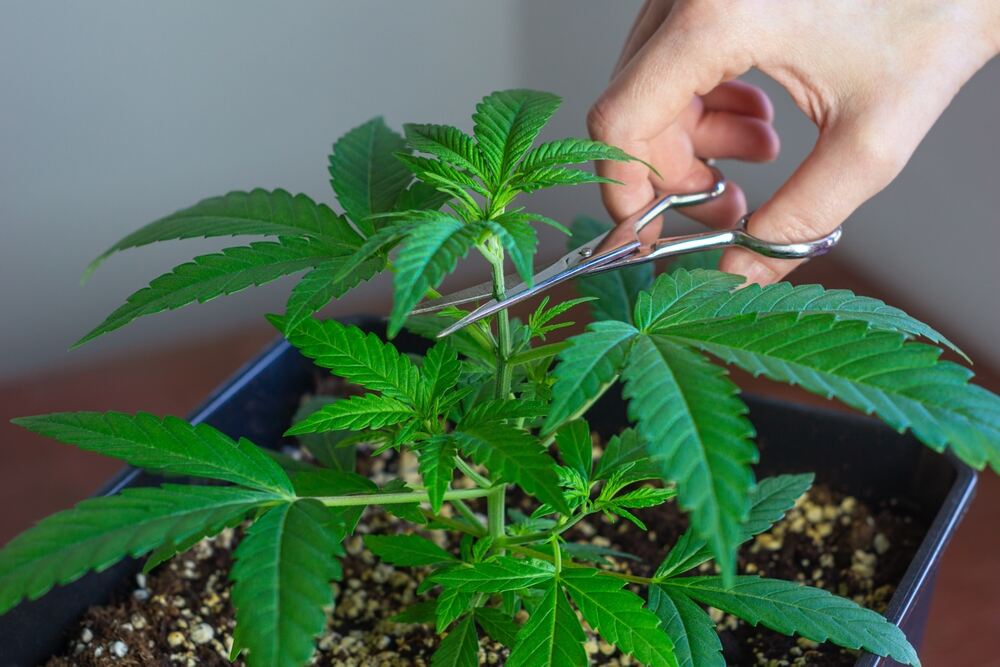
Selecting appropriate container size (e.g. 11‑20 L fabric pots)
For bigger autos, use 11–20L fabric pots. They allow great oxygen flow to the roots, which helps the plant grow taller and healthier. Avoid plastic buckets—they restrict roots and trap moisture.
If you’re growing small or want to control size, drop to 5–7L pots and you’ll see tighter, bushier plants with less vertical gain.
Environmental optimizations (lighting schedule, airflow, spacing)
Optimizing your environment boosts height potential without stress:
- Use strong, full-spectrum LED lights and keep them on an 18/6 schedule
- Maintain 22–28°C temps, 60% RH during veg
- Space plants out—at least 30 cm between pots—to avoid crowding
- Use a fan to build stem strength and prevent humidity pockets
Doing these consistently helps your autos grow straight, tall, and strong—without stretching too far or falling over.
Conclusion
Autoflowers can be short and speedy—or tall and towering—depending on how you grow them. Their height isn’t just random. It’s shaped by genetics, environment, pot size, training, and your own approach.
If you want short, stealthy plants, choose compact strains and smaller pots. If you’re chasing bigger yields and have room to spare, go for stretchy sativas, use large fabric pots, and give them great lighting.
As someone who’s grown autos for years, I can tell you—once you dial in your setup, you’ll learn how to predict and even control how tall they get. That’s when growing autoflowers gets really fun.




